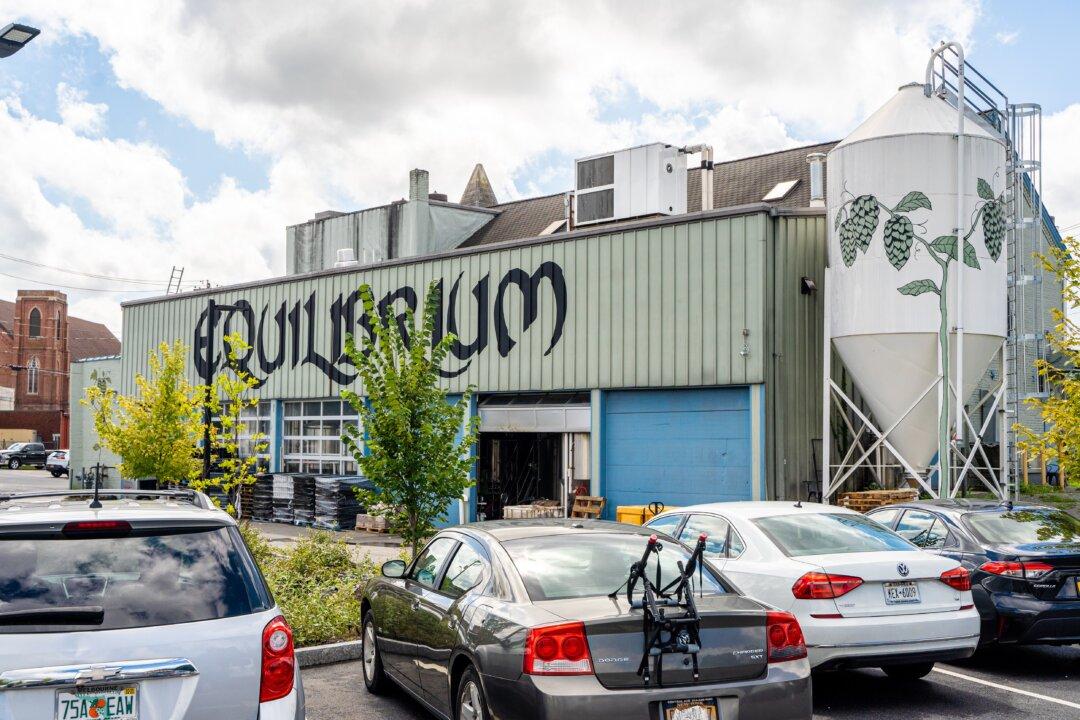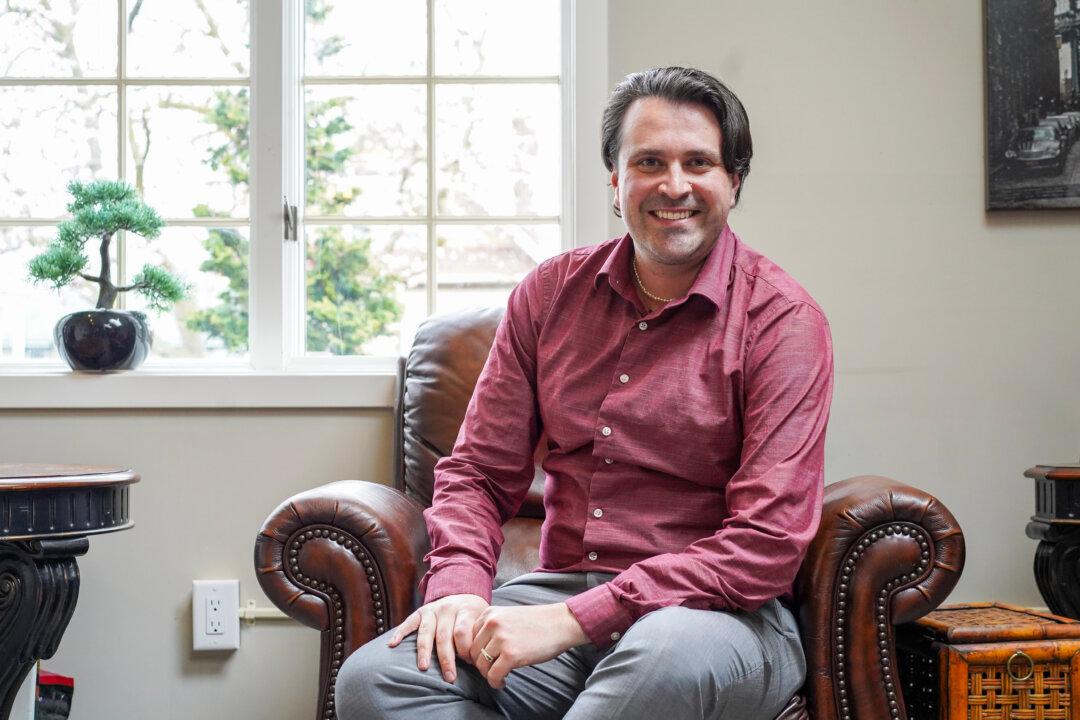CHICAGO—Frederick Cornell has had a recurring nightmare since his brother Willie Woods was murdered on April 16, 2003.
It was in the early evening, and Cornell and Woods were chatting on a sidewalk in the West Garfield Park neighborhood on the West Side of Chicago. Two men walked past them and suddenly turned around with guns in hand. Cornell shouted ‘Guns!’ and ran to hide behind a parked car. He came back after a few gunshots to find his brother laying against a fence, dying.
Woods suffered multiple gunshots to the face. He died at the scene.
For years afterward, Chicago detectives were unable to identify the suspects. Around 2012, the Woods murder case landed in the cold case unit at the police department.
However, after a years-long joint investigation by FBI, ATF, and Chicago police, new evidence emerged about the Woods murder. Tremayne Thompson and Juhwun Foster, both Four Corner Hustler gang members, allegedly killed Woods at the order of their leader Labar Spann.
In 2017, the Woods murder was included in a sweeping federal racketeering conspiracy indictment against 11 Four Corner Hustler gang members, including Thompson, Foster, and Spann. They were charged with a series of racketeering activities, including murders, drug trafficking, extortions, and robberies, between the mid-1990s to 2017 under the federal Racketeer Influenced and Corrupt Organizations (RICO) Act.
When the months-long trial opened on Sept. 20, Spann was the lone defendant in the courtroom, as others had gotten out of it by taking plea deals or agreeing to testify against him. Spann faces up to a life sentence if found guilty.
It is at this trial that prosecutors unraveled the Woods murder that has haunted his brother Cornell ever since.
Sammie Booker, an underling of Spann, testified to the jury on Sept. 28 that he was an accomplice in the Woods murder.
In 2003, Black Souls gang chief Sealord (as pronounced) asked Spann to kill Woods in exchange for money and drugs. Spann agreed; he asked Thompson and Foster to kill Woods and he also asked Booker to help the two get away from the murder scene with a getaway car.
The night of murder, Booker, sitting in a car from afar, saw Thompson and Foster shoot Woods up, he told the jury. He then picked the two up at a nearby street and sped away.
Around 2013, when Booker was incarcerated for a gun offense, he agreed to provide information about Four Corner Hustlers to the federal prosecutors and law enforcement agents. Since then, he had more than a dozen interviews with the government. In 2007, Booker testified before a grand jury about three murders he committed at Spann’s order, which ended up in the sweeping racketeering indictment against Four Corner Hustlers.
Booker had pleaded guilty in the above RICO indictment and agreed to work with the government to testify truthfully against Spann in exchange for reduced sentences.
On cross-examination, the credibility of Booker’s testimony was questioned by Spann’s attorney Steven Shobat, who tried to convince the jury that Booker is a career criminal and a habitual liar who was capable of saying just about anything to obtain reduced sentences.
Darius Franklin, another key witness, told the jury on Oct. 5 that he saw the Woods murder and knew the people who killed him.
Franklin, a ranking member of the Undertaker Vice Lords gang on the West Side of Chicago, hung out often with Spann and his underlings in the early 2000s. The night of Woods murder, Franklin was asked by Spann’s people to join them simply to ‘catch the exciting action.’
As the action unfolded, Franklin saw Thompson shoot Woods in the face a couple of times. Franklin also testified that before the murder, he saw Sealord giving Spann heroine as down payment for Woods’ murder; and that after the murder, he saw Sealord pay Spann, Thompson, and Foster.
In 2014, when Franklin was incarcerated in Florida for a federal drug conspiracy crime, he agreed to provide information about illegal gang activities to federal law enforcement agents. Over the course of several meetings, he told what he knew about Spann and the murders Spann was involved in. In 2016, Franklin testified before a grand jury about the Woods murder.
Now, Franklin is still incarcerated and faces a pending federal drug offense case. However, he will not get any reduced sentences for his testimony at Spann’s trial; the only benefit he gets, the prosecutors said, is immunity, which means that his testimony would not be used against him in any subsequent court proceedings.
On cross-examination, Shobat raised reasonable doubt about Franklin’s presence at the murder. Shobat doubted that Spann’s people would invite Franklin to simply watch the murder for fun.
Shobat asked, “So as I understand, from your description, you were just there to be a witness, who could later say I saw Foster and Thompson shooting Foots (Woods’ nickname)?”
Franklin replied, “Yes.”
Shobat later provided possible explanations as to how Franklin could have learned details of the murder from other sources if he hadn’t witnessed it himself. It turned out that Franklin was locked up with Thompson and Foster together for months and both told Franklin about the Woods murder.
As for what he did to Booker, Shobat also described Franklin as a career criminal and a habitual liar who was willing to do anything to obtain benefit from the government.
The credibility of Booker and Franklin’s testimony are left to the jurors to decide. Judge Thomas Durkin at the outset of the trial instructed jurors to look only for facts in the testimony, and to weigh a testimony through the witness’s intelligence, access to evidence, motive, memory, and consistency.
Cornell also identified Thompson and Foster as his brother’s killers.
That was in 2015, more than 10 years after the murder. A Chicago police detective called Patrick Deenihan and his partner knocked on Cornell’s door and showed him photos of six people.
Deenihan, a detective working at the cold case unit, took over the Woods murder case in 2012 from a retired detective. Aided by a modern computerized mugshot database, Deenihan was able to assemble a photo array of people that fit the description of the suspects.
Cornell signed his name on two photos, that of Thompson and Foster.





